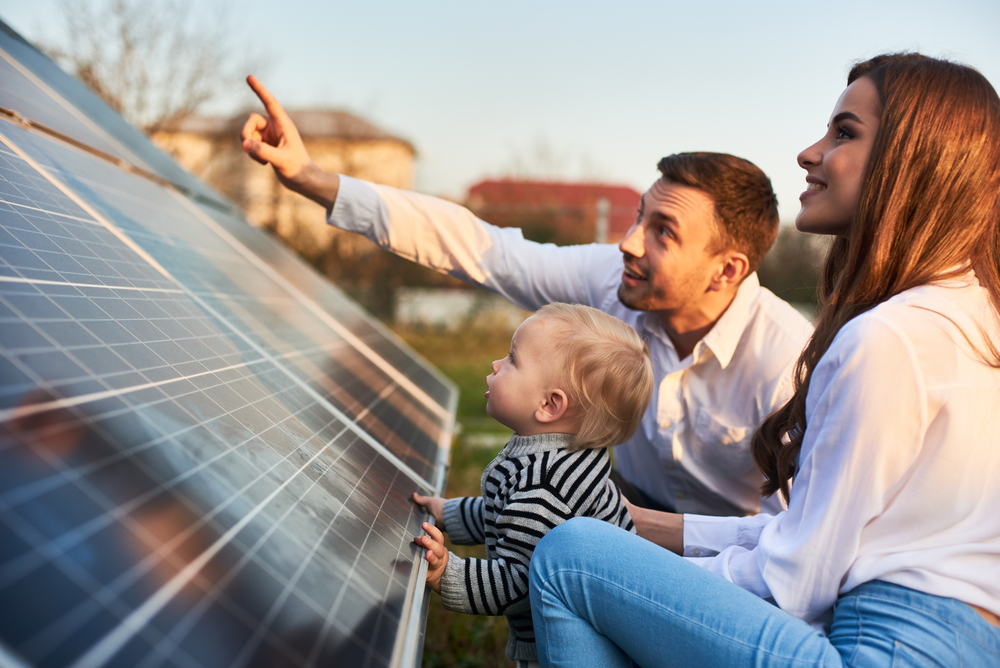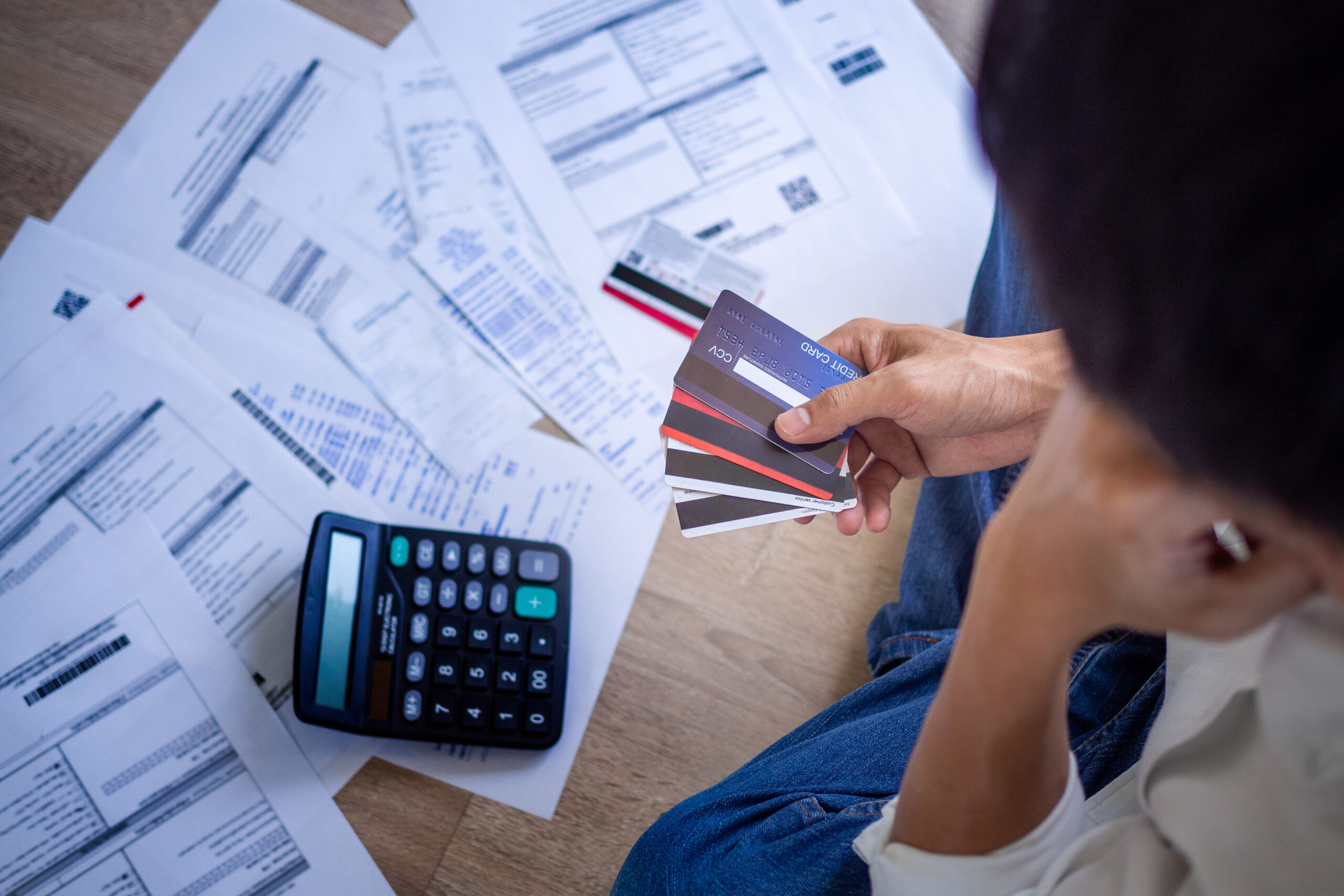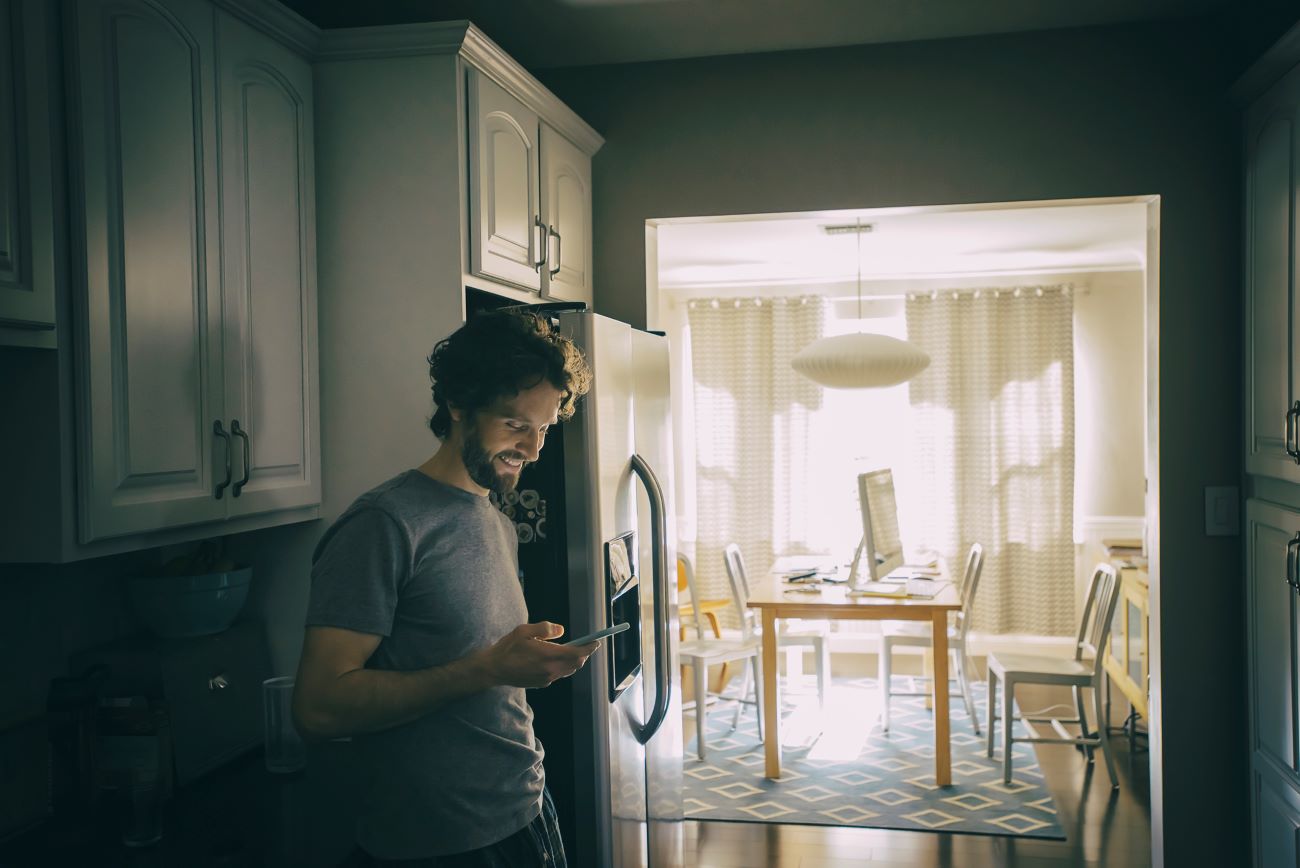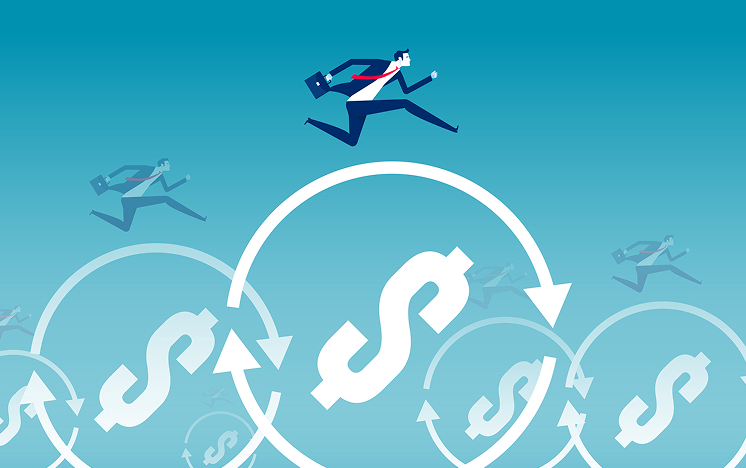Find the Best Green Loan to Make Your Home Energy Efficient

Green loans should be on your radar if you’re looking for a way to transform your home into an environmentally friendly space.
With a green loan, which is a personal loan for green home improvements, you can receive the funds you need to improve the comfort of your home and protect the environment at the same time.
Let’s take a closer look at green personal loans, how to use them, and what you need to do to get one.
What Is a Green Home?
Put simply, a green home is designed to be environmentally sustainable. It prioritizes efficiency and involves a variety of eco-friendly, non-toxic materials and products.
A green home is often healthier and more comfortable than a traditional home. Plus, it usually costs more to operate and comes with a higher resale value.
If you like the idea of living somewhere that reduces your carbon footprint, lowers your energy bills, and provides your family with a pleasant environment, investing in a green home is likely worthwhile.
How Green Loans Can Improve Your Home
A green loan can make it easier and more affordable to add a variety of eco-friendly improvements to your home, such as:
Solar Panels
Solar panels convert sunlight into electrical energy via photovoltaic panels or mirrors that allow for solar radiation.
Once they’re installed, these low-maintenance panels can reduce your electric bill and home value.
Solar panels will run you anywhere from $3,500 to $35,000, depending on the type and model. They’ll usually pay for themselves in six to ten years.
Weatherization
Weatherizing your home means preparing it or protecting it against harsh weather conditions, like snow, rain, and heavy winds.
You can weatherize your home in many ways, and the ideal solutions depend on your particular home and the weather events that are common in your area.
For example, if you live somewhere with a lot of snow, you might want to weatherize your home with roof rakes, caulking, and weatherstripping. It costs between $900 to $10,000 to weatherize a home fully.
Sustainable Bath and Kitchen Remodels
By sustainably remodeling your kitchen and bathrooms, you can reduce your home’s environmental impact while giving it a functional, aesthetically pleasing upgrade. You may use sustainable kitchen remodeling materials such as recycled countertops, bamboo flooring, and natural wood cabinets.
For the bathroom, you might get rid of the tub, install low-flow fixtures, and opt for natural materials like metal, recycled glass, and porcelain.
The average national bathroom remodel cost is $10,978, while a kitchen remodel ranges from $14,549 to $40,425.
Double or Triple Pane Window Installation
Compared to the single-pane windows you may be used to, double or triple-pane windows with two or three panes of glass are more energy efficient. This is because they are specifically designed to protect against hot, cold, drafts, and condensation.
Double-pane windows cost an average of $900 to purchase and install, while triple-pane windows run $1,650 on average.
Water-Efficient Plumbing
Trillions of gallons of water are wasted worldwide. If you’d like to do your part and help combat this issue, adding water-efficient plumbing to your home is the way to go. You’ll save on water intake and enjoy lower water bills. Consider high-efficiency toilets, showerheads, and faucets in your bathrooms and kitchen.
While water-efficient plumbing solutions are usually pricier than their standard counterparts, they’re generally well worth it for the savings they bring. You can expect to pay anywhere from a few hundred to a few thousand dollars.
Low-VOC Floors
VOC stands for Volatile Organic Compound and refers to chemicals from industrially made products.
You can find VOC in everyday items like paints, cosmetics, and cleaning products. Since VOCs release into the air and often cause health issues, like headaches and eye, nose, and throat irritation, low-VOC flooring is a great option.
The best types of low-VOC flooring are solid hardwood floors, tile, and polished concrete. When it comes to pricing, low-VOC flooring is based on style and brand but will usually cost between $2.50 and $5.00 per square foot.
Energy-Efficient Appliances
Energy-efficient appliances use less energy than standard models. These products are an easy way to give your home a green update.
You can invest in energy-efficient refrigerators, dishwashers, washers, and dryers. Other options include efficient ceiling fans, heat pumps, and thermostats. While you might initially pay more for an energy-efficient appliance, its energy savings will likely make the higher cost worthwhile.
Best Personal Loans for Green Home Improvement
When it comes to the best personal loan for any purpose, it’s always a good idea to shop around. Start with these lenders and compare rates, loan amounts, and fees.
SoFi: Best for Large Loans
SoFi offers loan amounts up to $100,000, which is beneficial for larger renovation projects involving energy-efficient appliances and new windows. Many other lenders have lower caps, such as $35,000.
SoFi provides flexibility with loan terms ranging from two to seven years.
You can easily get a rate quote from SoFi without affecting your credit score through a hard inquiry.
SoFi stands out by not charging late fees or prepayment penalties. However, they do have origination fees ranging from 0% to 6%.
SoFi allows co-applicants who reside at the same address to increase loan approval chances or qualify for lower interest rates.
Lending Club: Best for a Coapplicant
LendingClub’s unique feature is the option to apply with a co-signer, making it an attractive choice for individuals with less-than-ideal credit who want better loan approval chances and more competitive interest rates.
LendingClub allows borrowing up to $40,000 for home improvement projects such as solar installations, water efficiency upgrades, and energy-efficient doors or windows.
You have the flexibility to select a loan term ranging from 24 to 60 months.
LendingClub applies an origination fee, ranging from 2% to 6% of the loan amount, which is deducted from the disbursed funds.
LendingClub offers its lowest interest rates to borrowers with excellent credit, while most borrowers can anticipate a double-digit interest rate.
Upstart: Best for Poor Credit
Upstart offers an alternative loan approval process, making it easier for borrowers with credit scores outside the good to excellent range to qualify for a home improvement loan, including green-energy upgrades.
Upstart allows borrowing between $1,000 and $50,000 (varies by state) for home improvement projects.
You have the choice of a three or five-year loan term when borrowing from Upstart.
Upstart enables you to check your rates for green loans without impacting your credit scores. However, prequalification is only an estimate and final approval and terms may differ after completing the full application process.
Upstart may apply origination fees ranging from 0% to 10% of the loan amount, deducted from the loan proceeds before disbursal.
Compare Personal Loans for Green Homes and More
Find the lender with the best personal loan for your green home improvement by using our search tool. Give it a try it now and see how easy it is to compare rates and terms and find your loan.
How to Get a Personal Loan for Green Home Improvements
If you’d like to take out a green loan to cover the costs of your green home improvements, follow these steps.
1. Check Your Credit Reports
Visit a website like AnnualCreditReport.com to pull copies of your credit reports from the three major bureaus, Equifax, Experian, and Transunion. Dispute any errors or inaccuracies you find with the appropriate bureau.
2. Understand What You Can Afford
Do the math manually or use a personal loan calculator to determine the monthly payments that work within your budget. This can give you an idea of the ideal rates and terms.
3. Determine project costs
Get estimates for the green home improvement projects you’d like to tackle. You should know how much money you’ll need to borrow before you apply for a green loan.
4. Shop Around
Not all green loans are created equal. Do your research and prequalify for offers with at least a few lenders. Compare rates, terms, and borrowing amounts to uncover the right loan for your unique situation.
5. Apply
Once you find a loan that checks off all or most of your boxes, apply in-person or online. Be prepared to share personal and financial information. You’ll also need to submit documents like a government-issued ID and v
Alternatives to an Unsecured Loan for Green Improvements
Unsecured personal loans for green home improvements aren’t for everyone. Here are a few alternative options to explore.
Home Equity Loans
Home equity loans may make sense if you have positive equity in your home. You may receive a lump sum payment between 80% to 85% of your home equity.
Home Equity Lines of Credit (HELOCs)
HELOCs are a lot like home equity loans, allowing you to tap into your home equity. However, they’re revolving lines of credit, meaning you can borrow as much or as little as you’d like up to a set credit limit. Compared to home equity loans, HELOCs are more flexible.
Credit Cards
Credit cards might be an option if you need cash for smaller green improvements. Most of them offer rewards like cash back and travel points. Depending on your credit, you may even be able to lock in a card with a 0% APR offer and pay no interest during the introductory period.
Save Up Cash
Ideally, you’d pay for your green home in cash. However, this might not be realistic, especially if you hope to complete your improvements sooner rather than later.
Tax Breaks for Energy-Efficient Home Improvement
Another benefit of green home improvements is their potential tax advantages. With the Energy Efficient Home Improvement Credit, for example, you can claim a tax credit of up to 30% of the total cost of your eligible improvements, up to $1,200 per year.
You can get up to $2,000 for heat pump water and space heaters. This credit applies to various energy-efficient updates, like home energy audits, central air conditioners, and heat pump water heaters.
Frequently Asked Questions
The terms for a green loan vary by lender. Most lenders, however, offer up to $50,000 or even $100,000 with a repayment period of 5 or 7 years.
Banks, credit unions, and online lenders offer green loans. You should shop around and explore your options to find the best loan for your budget and needs.
You may be able to land a green loan with a bad credit score. But you’ll likely have to settle for a higher interest rate that increases your overall cost of borrowing.
Green loans can allow you to complete your eco home upgrades right away. Plus, they can enable you to save on your utility and energy bills with ease.
You’ll need good to excellent credit to lock in the best rates and terms. In addition, you may not get approved for as much money as you’d like and have to look elsewhere for funding.











